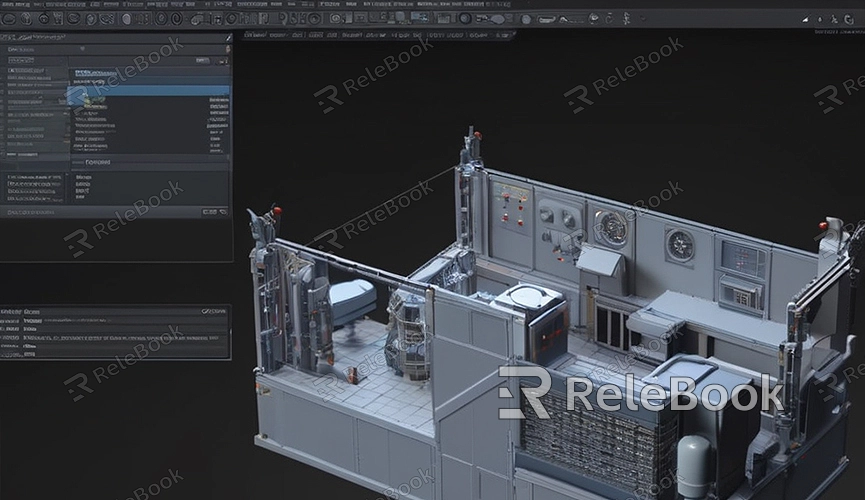How to Change Render Size in Blender
When rendering with Blender, adjusting the render size is a common requirement. Different projects may call for render images of varying resolutions, and Blender provides flexible settings to meet these demands. This article will introduce you to how to easily change the render size in Blender, enabling you to effortlessly tackle various rendering needs.
1. Open Blender and Load the Scene
First, launch the Blender software and open the scene file you want to render. You can do this by clicking on the "File" menu option, then selecting "Open," and navigating to load your scene file.
2. Access Render Settings
Once the scene is loaded, click on the "Render" tab located at the top right of the interface to open the render settings panel. In the render settings panel, you can adjust various parameters related to rendering, including render engine, output path, frame range, render size, and more.

3. Adjust Render Size
In the render settings panel, you'll find a tab labeled "Dimensions." Within this tab, you can adjust the dimensions and resolution of the render image. By default, Blender uses a resolution of 1920x1080 for rendering, but you can adjust it as needed.
Resolution Setting: Under the "Resolution" option, manually input the desired render size, such as 1280x720 (width x height).
Pixel Aspect Ratio: Under the "Aspect Ratio" option, you can also adjust the pixel aspect ratio to ensure the render image is not distorted. For example, setting the pixel aspect ratio to 1:1 will maintain the image's aspect ratio.
4. Other Render Settings (Optional)
In addition to adjusting the render size, you can also customize other rendering settings as needed, such as:
Frame Range: In the "Frame Range" option, specify the range of frames to render, whether it's a single frame, frame sequence, or the entire animation.
Render Engine: In the "Render Engine" option, choose the rendering engine to use, such as Eevee or Cycles.
5. Start Rendering
Once you've completed the render settings, click the "Render" button at the bottom of the render settings panel to start rendering. Blender will render the final render image or animation based on the parameters and render size you've set.
With this simple guide, you can easily adjust the render size in Blender to meet the requirements of different scenes. Whether for preview rendering or final rendering, you can flexibly adjust the render size as needed to achieve the best rendering results. If you need high-quality 3D textures, HDRI, or downloadable 3D models while creating models and virtual scenes, you can download them from Relebook. Simply download textures and 3D models and import them directly into your models for use.

